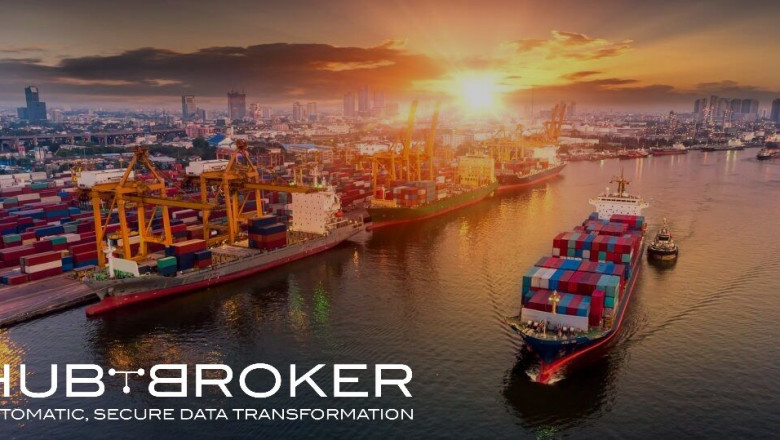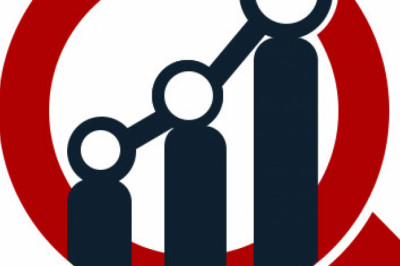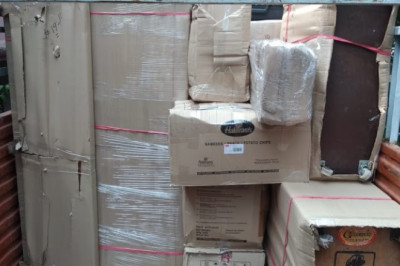views

The logistics industry’s operational operations may appear simple: something must be shipped from Point A to Point B, sometimes via Point C. However, the accounts payable procedure can become pretty complicated to ensure that deliveries are done quickly.
The Complexities of the Logistics Process
Whether a big machine or thousands of face masks to be delivered, the process is fundamentally the same and involves several parties:
-
The company that collects the container from the customer’s location and transports it to the nearest train station or port.
-
The company that is moving it across the country or perhaps internationally
-
The company in charge of the final leg of the journey, which entails picking up the container and transporting it to its final destination.
Assume that a company wishes to ship items from North America to Europe. This is where logistics providers come in, as they help the organization manage the shipment process as efficiently as possible.
The logistics provider, in turn, hires a local firm to pick up the organization’s items and transport them to a Baltimore shipping port. A shipping company is then contracted to transport a 40-foot container through a point in Hamburg, Germany. The logistics provider hires a transport company in Hamburg to pick up and deliver the products to their final destination in Vienna, Austria, in the final stage.
The method itself appears straightforward, but the associated paper trail can quickly become a tsunami. Consider the following types of papers that must be produced in the aforementioned scenario:
-
A shipment order from a customer
-
Purchase orders for three to four different service providers
-
A customs bill of lading for the United States, Germany, and Austria.
And It doesn’t end there.
Do you recall that shipping container? It was also stocked with goods from numerous other customers, all headed to different end locations, to save transportation costs. The logistics company must hire a warehouse in Germany to segregate the freight for the numerous sites to handle the procedure. As a result, extra vital documents, such as customs documents and purchase orders, are required.
Of course, all service providers want to be paid on time for their services, so they send the relevant billing paperwork along with their bills as soon as possible. This is normally handled as a single invoice for numerous shipments, and it’s one last hassle the logistics provider must deal with as part of the financial settlement process, assuming there were no other issues along the way.
As you can see, what appears to be a straightforward movement of commodities may quickly turn into a deluge of paperwork for AP departments.
Automation to the Rescue
The only option to manage these operations without an intelligent digitization and workflow solution is to allocate extra personnel to help with the problem. To put it another way, there will be a lot of people and a lot of money involved.
When you look at the supplier and customer paperwork closely, you’ll notice that the shipment number included on those documents is one of the most crucial references. In most other industries, this isn’t the case. The shipping number is the single most important factor in how logistics companies organize and refer to their orders.
This is precisely why many logistics organizations are hesitant to adopt AP automation. Their orders are arranged and referenced in a specific way, and they’re concerned that the system won’t be able to handle the process correctly, causing turmoil for their business and consumers.
What most logistics suppliers are unaware of is how far automation technology has progressed. Indeed, a smart software solution, such as HubBroker’s Integration solutions, can build a relationship between all critical points on the documents and conduct a 3-way match. This conventional accounts payable procedure can be customized to meet the unique needs of the logistics business, and documents can be matched using the shipping number as a reference.
HubBroker’s AP automation solution can help logistics providers optimize all steps required for data capture and data storage, while intelligent workflows automatically route complete documents and divert any erroneous documents for clarification, regardless of which ERP system they currently use. In addition, our integrated archive keeps all of your data and essential documents, allowing you to find them quickly and easily.
Paper archiving—and the excess of paper in general—can become a thing of the past by using an automation solution, and logistics providers can breathe easier.
Click here to schedule an initial call with one of our solution specialists to learn more about how HubBroker can keep your AP department from drowning in paper, whether you’re in the logistics sector or not.












